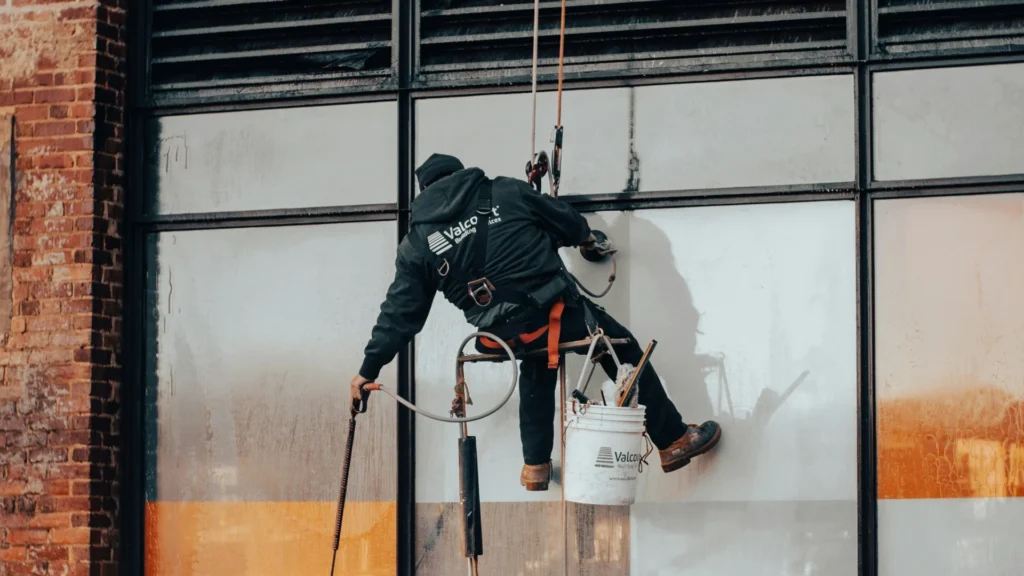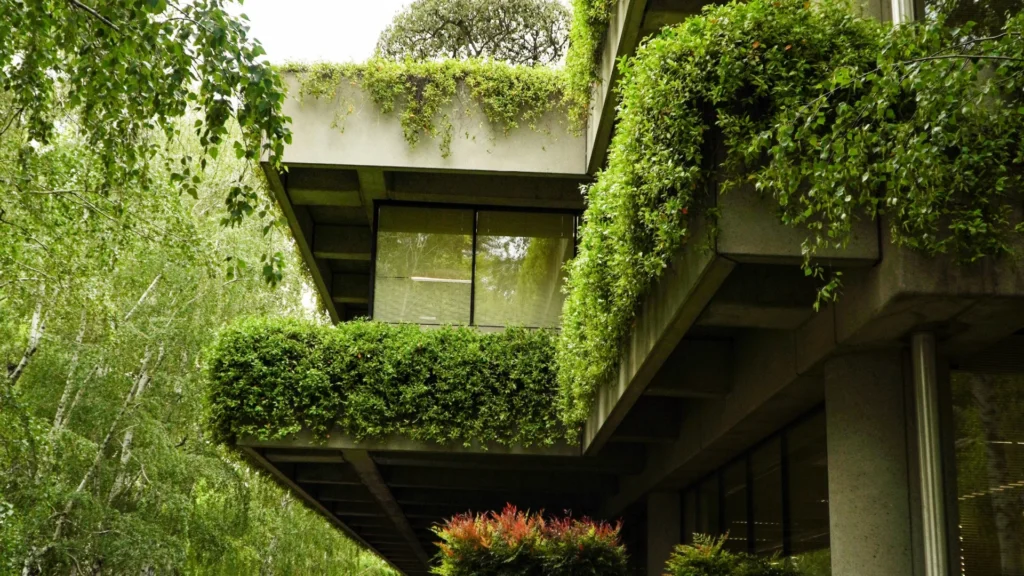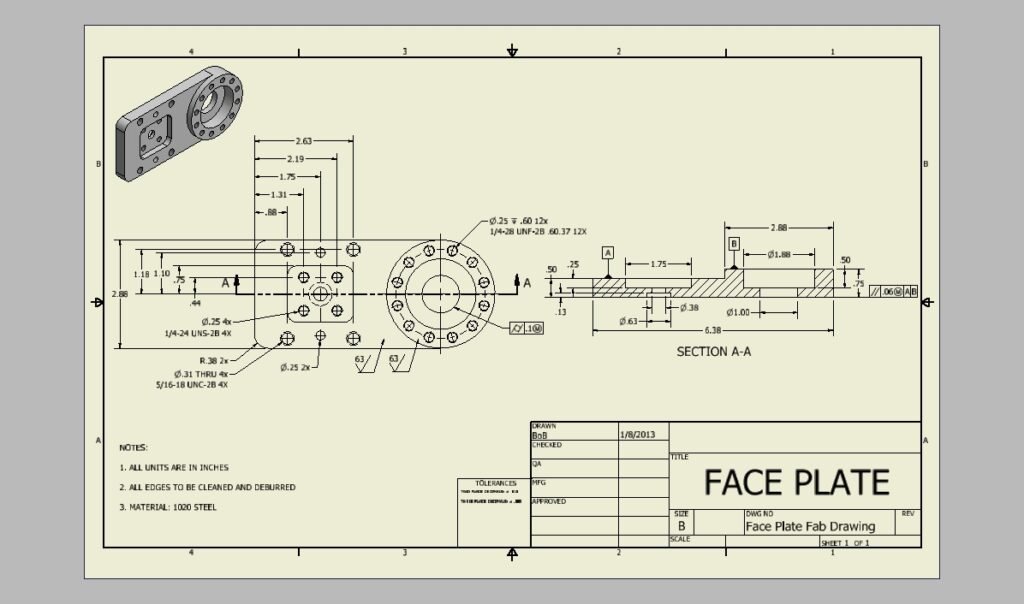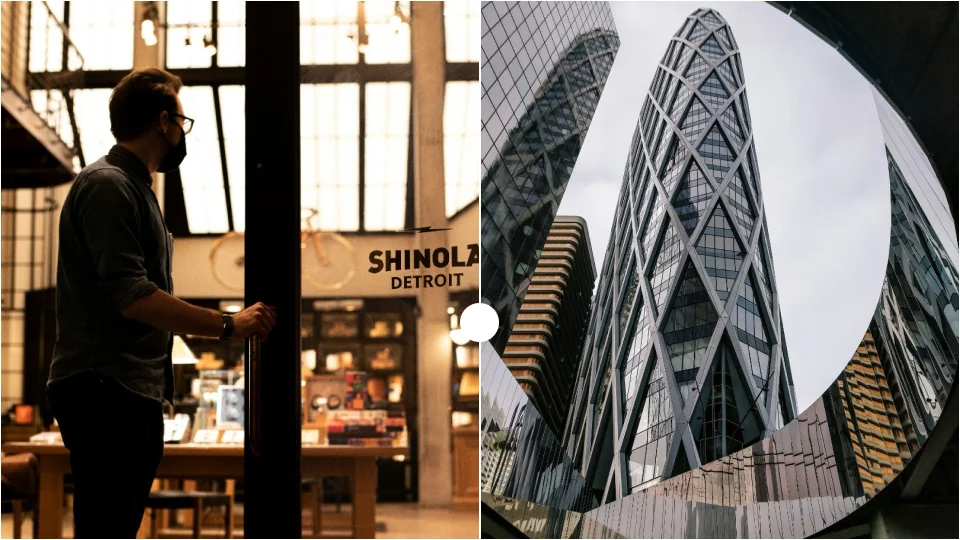
Introduction
When it comes to architectural design and construction, two common terms often come up: storefront and curtain wall. While both serve the purpose of providing a building’s exterior enclosure, they have distinct characteristics and applications. In this blog post, we will the differences between storefront and curtain wall systems, shedding light on their unique features and practical uses.
| Feature | Storefronts | Curtain Walls |
|---|---|---|
| Usage | Typically used for ground-level spaces, such as retail stores or entrances. | Primarily employed in multistory buildings to create expansive, continuous glass facades. |
| Structural Support | Relies on a combination of mullions and transoms for support, with a more straightforward design. | Features a more complex structure, often using grids of aluminum or steel to support the glass panels. |
| Visibility and Size | Designed for smaller glass openings, emphasizing visibility into and out of the space. | Offers larger, uninterrupted expanses of glass, providing panoramic views and maximizing natural light. |
| Installation Location | Typically installed at the ground level or eye level, serving as an entry or display area. | Installed on higher levels of a building, extending over multiple stories and often covering the entire facade. |
Storefront: Building a Connection with the Street
Storefront systems are typically found in commercial buildings, especially those with ground-level retail spaces. As the name suggests, storefronts aim to create an attractive and inviting facade that connects the building to the street. Here are some key characteristics of storefront systems:
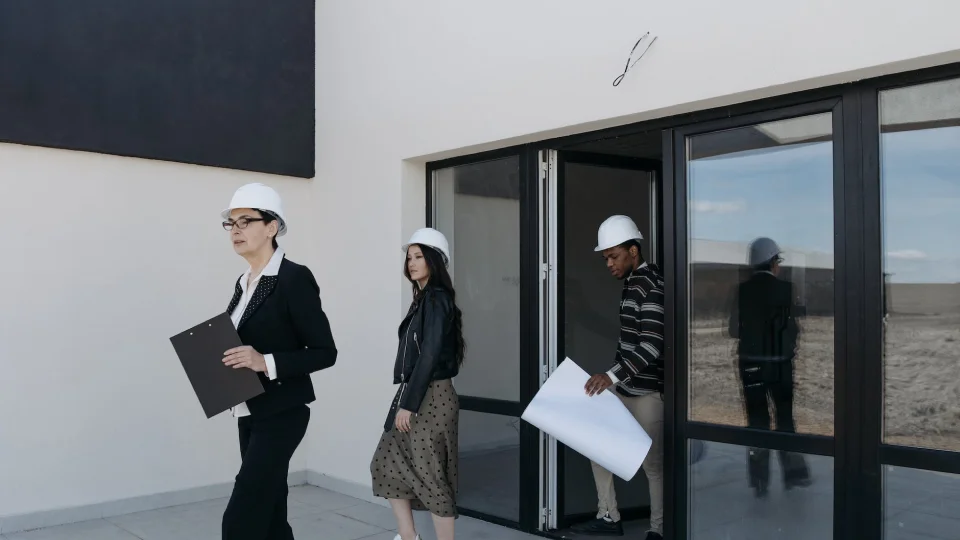
Visual Appeal
Storefronts prioritize visual appeal, acting as a showcase for businesses and attracting potential customers passing by. The design often includes glass windows and doors that allow natural light to enter and provide a clear view of the interior. Storefronts can be customized with various finishes and materials, allowing for diverse aesthetics that suit different architectural styles.
Structural Support
While storefront systems focus on aesthetics, they still provide structural support for the building. Aluminum frames are commonly used for their strength, flexibility, and durability. These frames can be reinforced with steel, ensuring stability and withstanding environmental factors such as wind loads and seismic activities.
Accessibility and Functionality
Storefronts are designed to be easily accessible to pedestrians. They often have low-profile thresholds, eliminating barriers for people with disabilities. These systems prioritize functionality, allowing businesses to display merchandise, signage, and other promotional materials effectively.
Security Considerations
As storefronts are more exposed to the street, security becomes a crucial aspect to consider. Modern storefront systems incorporate advanced security features such as laminated glass and impact-resistant materials. Additionally, the integration of locking mechanisms and alarm systems provides enhanced protection and peace of mind for businesses and occupants.
Curtain Wall: Embracing Sophistication and Performance
In contrast to storefront systems, curtain walls are more commonly seen in large-scale commercial and residential buildings. Curtain walls go beyond just providing a decorative facade; they offer a range of benefits, which we will explore below:
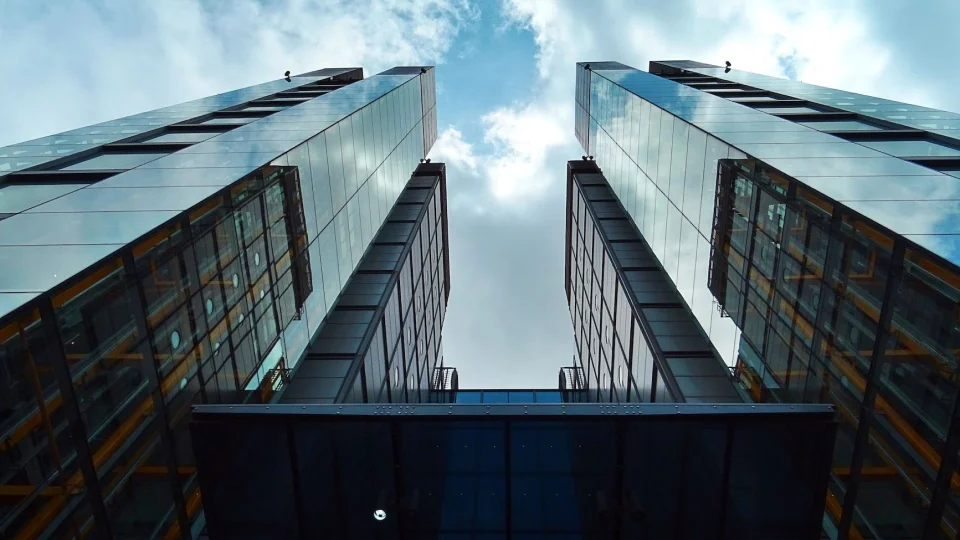
Versatile Design Possibilities
One of the notable characteristics of curtain walls is their versatility in design. These systems allow architects and designers to create stunning and unique facades that stand out in the urban landscape. Curtain walls can incorporate various materials, such as glass, aluminum, steel, and even stone, resulting in visually breathtaking exteriors.
Thermal Efficiency
Curtain walls excel in thermal efficiency, making them an attractive choice for energy-conscious buildings. The combination of insulated glass, thermal breaks, and weather seals minimizes heat transfer, reducing reliance on heating and cooling systems. This not only helps the environment but also translates into cost savings for building owners and occupants.
Structural Integrity
Due to the scale and complexity of curtain walls, their structural integrity is of utmost importance. These systems are engineered to withstand high wind pressures, seismic activity, and other external forces. The use of sturdy materials and precise installation techniques ensures the safety and longevity of the building.
Sound Insulation
In addition to thermal performance, curtain walls often incorporate soundproofing features. This is especially crucial for buildings located in busy urban areas or near transportation hubs. Specialized glazing and insulation materials minimize noise transmission, providing a peaceful and comfortable indoor environment.
Conclusion: Choosing the Right System for Your Needs
When it comes to selecting between storefront and curtain wall systems, it ultimately depends on the specific needs and goals of the building project. Storefronts excel in creating an inviting street presence for retail spaces, while curtain walls offer stunning aesthetics, superior thermal performance, and larger-scale applications. Understanding the key differences between these two systems allows architects and designers to make informed choices, ensuring their projects meet the desired outcomes.
In conclusion, whether you are envisioning a storefront that connects with passersby or a sophisticated curtain wall that embraces thermal efficiency, both systems have their unique strengths and purposes. By considering factors such as visual appeal, structural support, accessibility, security, versatility, thermal efficiency, structural integrity, and sound insulation, you can choose the system that best suits your architectural vision and functional requirements.
So, the next time you gaze upon a captivating building facade, remember that behind its charm lies a choice between storefront and curtain wall systems.
